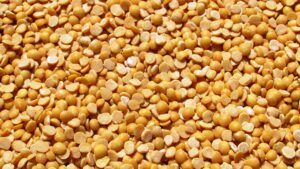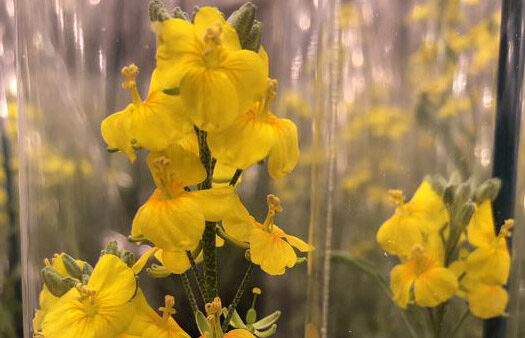Though popcorn might be uncomplicated in its simplest form — yellow or white, pointed or pearl — there’s more to popcorn than meets the eye. The University of Illinois Urbana-Champaign’s new study shows a wealth of diversity lurking in popcorn’s genetic code, a release says.
The study analyzed 320 publicly available popcorn lines, and researchers found variation at more than 308,000 locations across the genome. The release says that this diversity may or may not translate into more popcorn varieties for consumers, the differences could be agronomically important.
“This could be helpful if popcorn companies wanted to bring in material to diversify their germplasm, which is super important for things like disease resistance and herbicide tolerance. More work has to be done to identify traits of interest, but this dataset opens up those possibilities,” said study co-author Tony Studer, associate professor and popcorn breeder in the Department of Crop Sciences, part of the College of Agricultural, Consumer and Environmental Sciences at Illinois, in the release.
The team documented the differences using genotyping and found differences, or polymorphisms, among corn lines at every level of single nucleotides.
This allowed researchers to make two hypotheses about relatedness. The popcorn typically falls into two groups in North America — one composed of yellow pearl types and one with white-pointed, Latin American types. The result of the grouping showcased a high level of inbreeding among yellow pearl popcorn, as well as provided a starting point to uncover popcorn’s history of movement across North America.
In addition, the researchers were eager to learn more about popcorn’s herbicide application labels — particularly around nicosulfuron, which is only labeled for yellow-kernelled hybrids. Farmers are warned against its use in white-kernelled popcorn.
“That was a red flag to me because kernel color should have nothing to do with herbicide sensitivity,” said co-author Marty Williams, USDA-ARS ecologist and affiliate professor of crop sciences at Illinois, in the release. “Kernel color is controlled by genes in a completely different part of the genome.”
The team found that while nicosulfuron did injure more white-kernelled popcorns, it wasn’t due to color, but because it correlated with genetic heritage and population structure. The pointed and Latin American types were more sensitive than yellow pearls.
In the future, Williams recommends popcorn breeders use this research to improve tolerance to nicosulfuron and other herbicides in existing and new cultivars.











